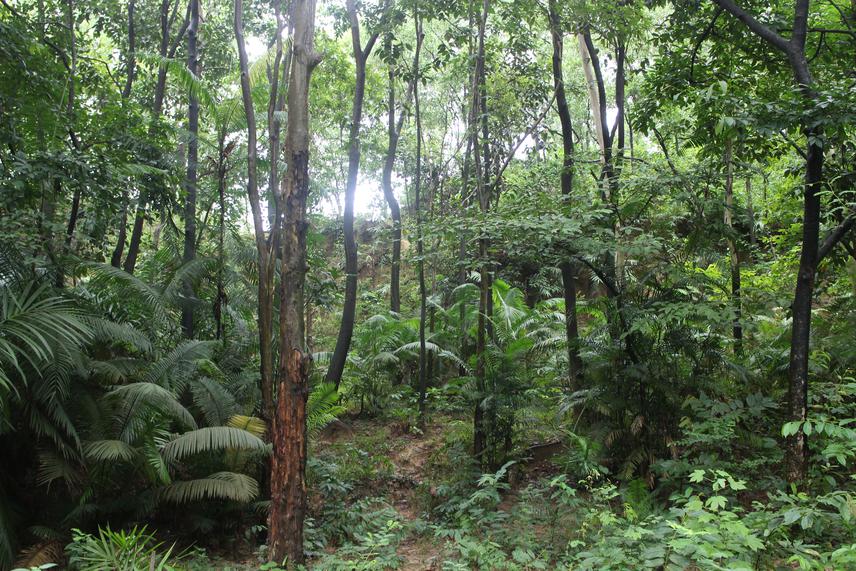A. Z. M. Manzoor Rashid
Other projects
11 Nov 2010
Assessing Co-Management Approach to Protected Areas Management of Bangladesh in Regards to Conservation, Livelihoods and Institutional Sustainability; A Case Study of Chunati Wildlife Sanctuary
The project is aiming to increase the resource base of agar and rattan through active community engagement in plantation, management and related activities.
Bangladesh is a developing country with a population of about 160 million. The forestry sector is making substantial contribution to economy as well as in maintaining ecological balance (Iftekhar, 2006). However, over the past decades a significant amount of forest particularly the natural forest has been disappearing. Among the common drivers of the deterioration are population pressure, illegal logging, and land conversion. Furthermore, exploitation of forest for subsistence has also led to the depletion of forest resources of Bangladesh (GoB, 2005).

A rattan grove inside the plantation.
Livelihood security is one of the key factors that influence participants to support any effort of biodiversity conservation to ensure sustainable development Local communities living in and around the forest are still heavily dependent on forest for their day-to-day necessity. With the pressure of development, many of the forests are disappearing at an alarming rate posing threat to local community. Their livelihoods are at risk due to illegal logging, encroachment and land use changes aggravated by population pressure.
Agar and rattan are two potential forest resources that can play significant role in supporting livelihood while contributing towards conservation. A significant number of small-scale enterprises have been established based on agar and rattan plantation. This age long practices have created employment and livelihood opportunities to a great number of people living in the north-eastern part of Bangladesh. However, several studies have identified the scarcity and inadequacy of supply of raw materials as the major constraints for the development of agar and rattan-based enterprises in Bangladesh (See for details Uddin et al., 2008; Chowdhury et al. and Rashid et al., 2006). Sustainable supply of raw materials appears to be a critical factor in sustaining the industries. In this regard community engagement in propagation, cultivation and management and initial processing techniques may help flourish the sectors through creating sustained supply of quality raw materials. Keeping these in mind the current study aimed at addressing the following basic goals:
● To help increase resource base for the sustained supply of raw materials
● To promote community engagement in agar and rattan cultivation
● To strengthen the outreach (extension) programme in order to popularize the cultivation of agar and rattan plantation
● To aware people about the scopes of participatory projects under a legal framework.
The proposed study will be carried out using multiple techniques/ approached. Qualitative research methods will be key approaches for the said study in different locations.